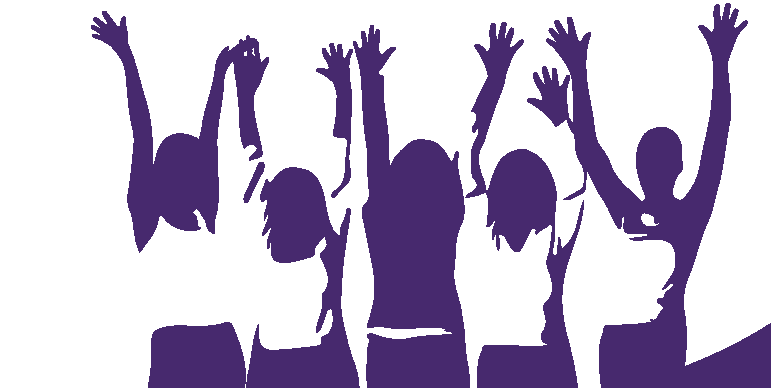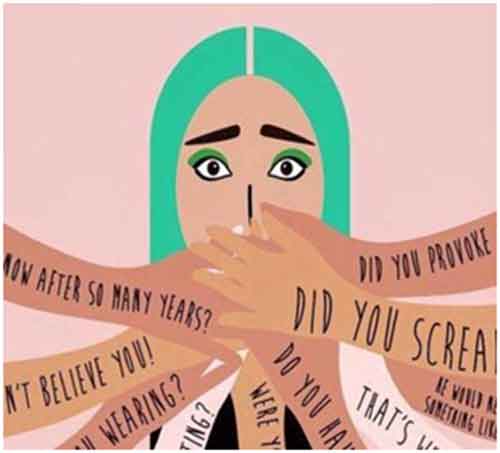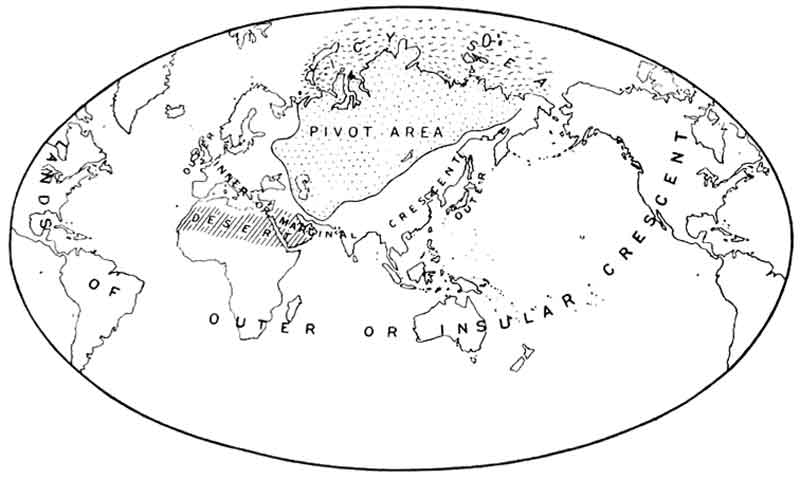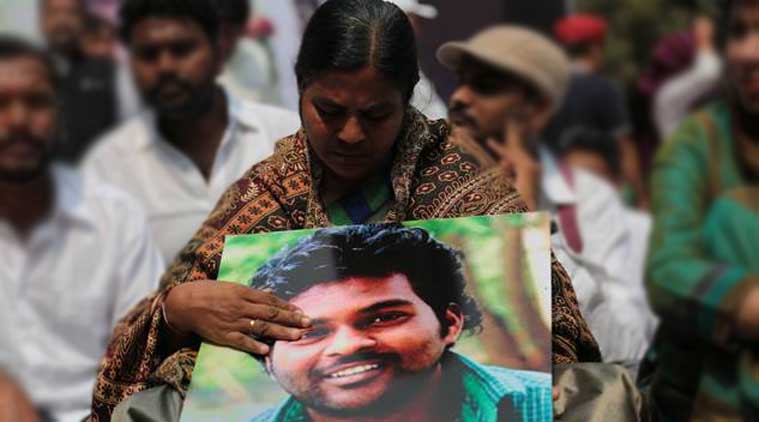
Women and girls play a lesser recognised role as drivers of growth and progress and powerful agents of change. Gender remains a critically important and largely ignored lens to view development issues across the world. Gender inequality is not only a pressing moral and social issue but also a critical economic challenge. India has a larger relative economic value at stake in advancing gender equality. However, despite some significant gains, some gaps remain. Although India has narrowed the divide between men and women in primary education and health sector, it doesn’t measure well in major metrics for measuring gender parity.
Gender equality refers to the rights, responsibilities, and opportunities of women and men, girls and boys. It does not imply that women and men are the same, but that the interests, needs, and priorities of both women and men should be taken into consideration while recognizing diversity across different populations.
According to the World Economic Forum’s Global Gender Gap Report 2017, India has slipped 21 places to a lowly 108. It says that on an average 66% of women’s work in India is unpaid, compared to 12% of men’s. In case of China, 44% of women’s work is unpaid, while for men the figure stood at 19%.
“While much of this imbalance is explained by the discrepancy in caregiving and unpaid work, institutional and policy inertia, outdated organizational structures and discrimination, one additional explanatory factor is the skills differentials in the types of degrees women and men seek out in their education,” it added.
Women living in poverty face gross inequalities and injustice from birth to death. The global statistics on poverty are numbing. Gender discrimination continues to be an enormous problem within the Indian society as well. Traditional patriarchal norms have relegated women to a secondary status within the household and workplace. This drastically affects women’s health, financial status, education, and political involvement. Women are commonly married young, quickly become mothers, and are then burdened by stringent domestic and financial responsibilities.
Women are still perceived as an important “capital-bearing” object, both in how they are seen as a “subordinate” confined to domestic and caring roles behind closed doors, and how they are portrayed d as a “sexual” form through popular culture. For example, nursing and care work is largely a female occupation and is often undervalued or seen as a “natural” female trait.
According to the Global Poverty Project, women make up half the world’s population and yet represent a staggering 70 percent of the world’s poor. Women face worse prospects in almost every aspect of their daily lives – education, employment opportunities, health or financial inclusion. As the report notes, “We live in a world in which women living in poverty face gross inequalities and injustice from birth to death. From poor education to poor nutrition to vulnerable and low pay employment, the sequence of discrimination that a woman may suffer during her entire life is unacceptable but all too common.”
Women experience barriers in almost every aspect of work, including:
- Whether they have paid work at all;
- The type of work they obtain or are excluded from;
- The availability of support services such as childcare;
- Their pay, benefits, and conditions of work;
- The insecurity of their jobs or enterprises and
- Their access to vocational training
What does the empowerment of women entail? At a basic level, it means gaining control over sources of power like material assets, self-assertion and ability to take part in making decisions that affect their lives. For this, women must have equal opportunities, capabilities, and access to resources. This would obviously mean a redistribution of the existing power relations and, finally, a challenge to the patriarchal ideology and male dominance as the concept of women empowerment is linked with gender equality.
Women bear the greater brunt of poverty. In India, where a patriarchal system is deeply entrenched, only 13 percent of farmland is owned by women. The figure is even lower when it comes to Dalit women who are single. About 12 percent of India’s female population is classified as single, including women who are widowed, divorced, separated, and older unmarried women, according to the 2011 census. About 41 percent of households headed by women in India do not own land and make a living through casual manual labour.
What needs to be changed? Improvement in access to quality education for girls can boost their future income, save mothers’ and children’s lives, reduce rates of child malnutrition, and reduce overall poverty levels. For all interventions, the fundamental logic is plain: If we are going to end extreme poverty, we need to start with girls and women.
Discrimination against women and girls is a pervasive and long-running phenomenon that has bedevilled Indian society at every level. Socially prescribed gender roles that have become deeply entrenched continue to hold women back. Cultural institutions in India, particularly those of patrilineality (inheritance through male descendants) and patrilocality (married couples living with or near the husband’s parents), play a central role in perpetuating gender inequality and ideas about gender-appropriate behaviour. A culturally embedded parental preference for sons – emanating from their importance as care providers for parents in old age – leads to poorer consequences for daughters.
Women work tirelessly to end poverty and hunger in their families. But it can take much more than hard work. They need new tools to create their own paths forward. They need opportunities that can overcome economic, cultural and gender barriers. It needs multi-sectoral cooperation to create breakthrough ideas and solutions to break down economic, social and technical barriers.
We have for long made paternalistic decision to “protect” these women, thereby eliminating their ability to solve issues that they face. Why couldn’t they decide for themselves how to manage their own situation? Why couldn’t we equip them to decide how they can take their own decisions?
Providing women with more number of better opportunities to fulfil their social, economic, and political roles is now deemed so essential for reducing poverty and improving governance that women’s empowerment has become a development objective in its own right.
The key levers for change, from the ground up, are clearly female education and women’s access to income. Women approach the future with creativity optimism and determination. They take economic ups and downs in stride. They show calm in the face of adversity. Above all, they work hard.
“When women are associated outside their role of a wife, mother or home-making, two things happen to them”, says Ela Bhatt, of SEWA. “They start perceiving their role as an important social role for the country, thus boosting their self-image. Secondly, they forget caste and race differences.”
Moin Qazi is the author of the bestselling book, Village Diary of a Heretic Banker .He has worked in the development finance sector for almost four decades .He can be reached at [email protected]















































